Brief Introduction to Bombardier DCC2382A 3EST125-975
Product Description
The Bombardier DCC2382A 3EST125-975 is a crucial electronic component developed for modern rail systems, designed to meet the strict operational standards of diverse train networks. It serves as a reliable link in on-board systems, ensuring the smooth coordination of key functions that directly impact train safety, performance, and passenger experience.
Crafted to align with Bombardier’s cutting-edge rail technology, this component excels in stability across varying operational scenarios. Whether deployed in intercity high-speed trains or busy urban light rail systems, it maintains consistent functionality, supporting everything from basic operations to advanced system interactions. Its robust design makes it a trusted part of ensuring trains run efficiently day in and day out.
Technical Parameters
- Operating Voltage: Compatible with 36V DC to 120V DC power supplies, fitting seamlessly into most train electrical architectures.
- Operating Temperature: Performs reliably in extreme temperatures, from -40°C to +75°C, making it suitable for use in regions with harsh climates.
- Protection Rating: Boasts an IP66 rating, offering superior defense against dust, water jets, and other environmental contaminants common in rail environments.
- Dimensions: Measures approximately 180mm x 120mm x 60mm, with a compact form that allows flexible installation in tight spaces within train compartments.
- Weight: Weighs around 700g, balancing durability with a lightweight profile to avoid adding unnecessary load to the train.
- Output Signals: Delivers versatile output signals, including 0-10V analog and digital pulses, enabling smooth communication with on-board control units and sensors.
- MTBF (Mean Time Between Failures): Exceeds 120,000 hours, highlighting its long-term reliability and reducing the need for frequent maintenance.
- Connection Type: Features quick-connect terminals for efficient installation and replacement, minimizing downtime during setup or repairs.
Usage Method
- Installation: Select a flat, vibration-resistant surface in a well-ventilated area of the train. Use the included mounting hardware to secure the component firmly. Follow the color-coded wiring guide to connect power and signal cables, ensuring proper alignment to prevent short circuits.
- Startup: Turn on the train’s power system. The component will initiate a self-diagnostic check—look for a steady blue LED to confirm it’s ready for operation. A blinking red LED indicates a potential issue; refer to the user manual for troubleshooting steps.
- Operation: Once activated, the component operates autonomously, regulating signal flow between connected systems. It requires no manual adjustments during normal use, allowing train operators to focus on other critical tasks.
- Maintenance: Schedule quarterly inspections to check for loose connections or corrosion. Wipe the exterior with a soft, dry cloth to remove dust. Avoid exposing the component to excessive moisture or extreme temperatures during maintenance.
System Introduction
The Bombardier DCC2382A 3EST125-975 is an integral part of the train’s integrated control system, working alongside main processors, sensors, and actuators to optimize performance.
- System Integration: It acts as a central hub, routing data between subsystems such as traction control, braking, and passenger information systems. This seamless integration ensures real-time data sharing, enabling the train’s main controller to make quick, informed decisions.
- Functionality: The component enhances system efficiency by stabilizing voltage levels, filtering noise from signals, and preventing overloads. It supports critical operations like speed regulation, door locking, and emergency braking, directly contributing to passenger safety.
- Advantages: Its high durability reduces maintenance costs, while its flexible compatibility allows it to integrate with both new and existing rail systems. The component’s quick response time and low power consumption further boost overall train efficiency, making it a valuable addition to modern rail networks.







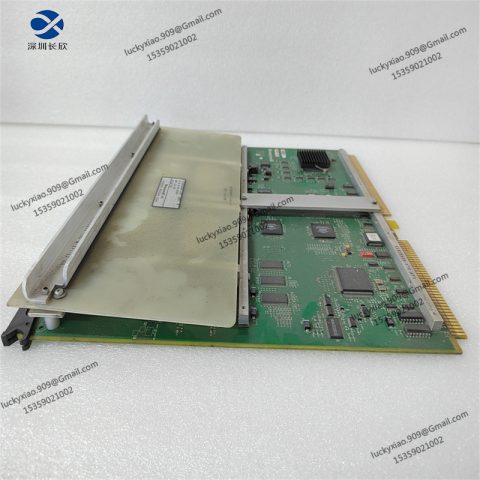
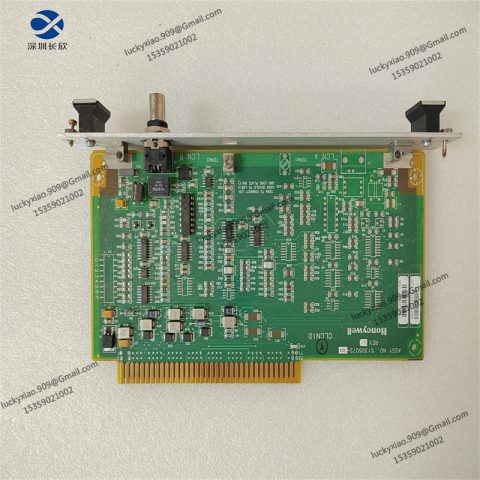
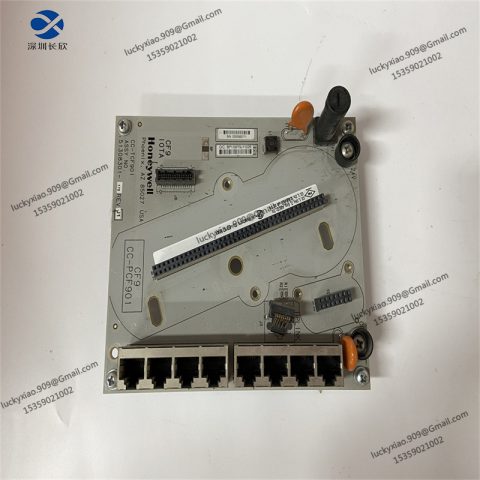
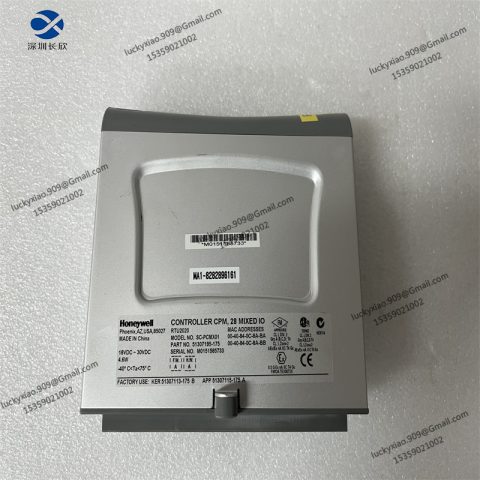

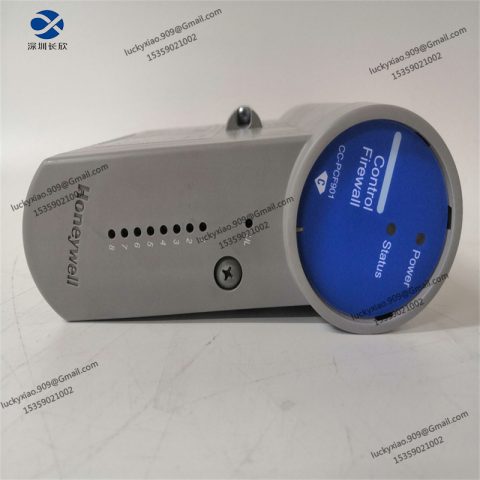
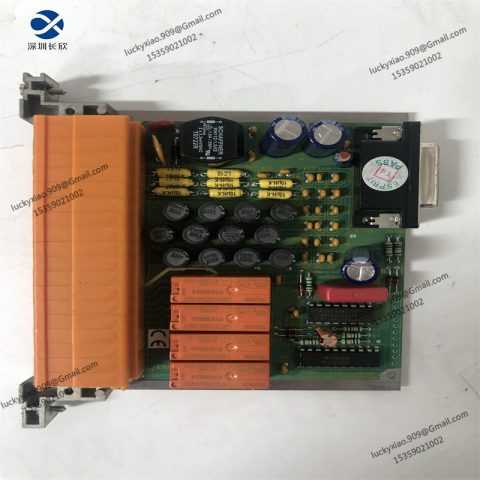

There are no reviews yet.